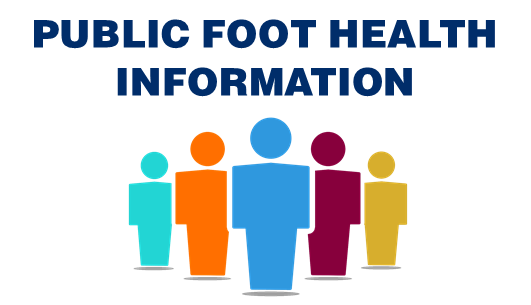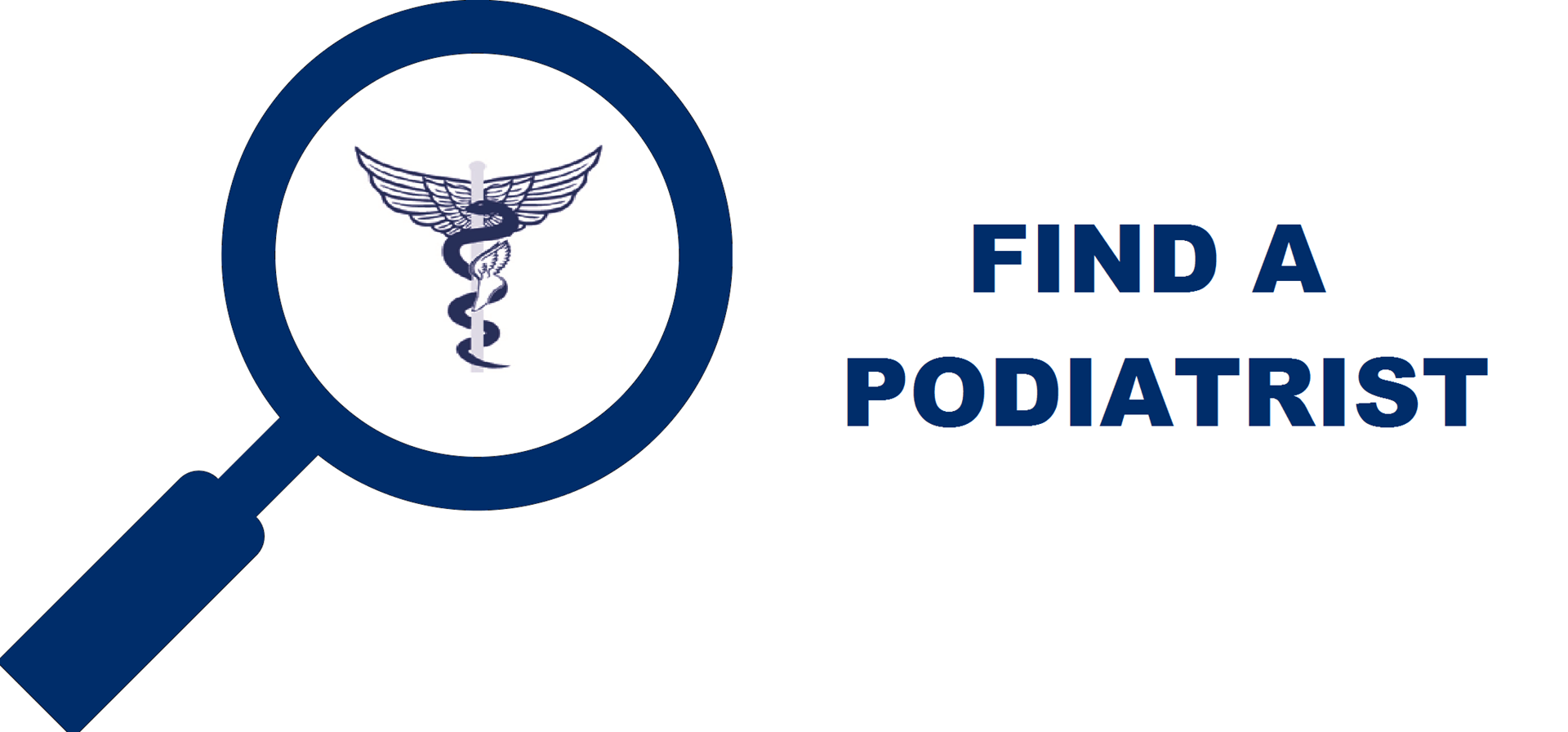|
Podiatry and Chiropody No pictures to show |
|
One of the questions the OPMA and individual podiatrists are most frequently asked is "What is the difference between a podiatrist and a chiropodist?". We are the first to admit that there is justification for confusion given that both are regulated under the same College, but in fact there are important differences between podiatrists and chiropodists. The distinctions are important. Confusion between the two professions originates from the fact that the term or title generally applied to the profession specializing in foot care was originally "chiropody". Over the past 40 years, the professional title "podiatry" and the additional competencies associated with it spread and today are generally accepted in North America and in the majority of developed countries. In Ontario, practitioners who were educated in the United States and had obtained a degree “Doctor of Surgical Chiropody” provided most of the specialized foot care services in Ontario from the beginning of the Second World War (when the supply of British trained chiropodists dried up) to the late 1970s. There were also a few UK trained chiropodists providing foot care. By the late 1960s all of the schools in the United States had changed their names to podiatry and the degree graduates were awarded was and continues to be a "Doctor of Podiatric Medicine (DPM)". The problem was, however, that there weren't enough podiatrists to meet the growing demand for foot care services in Ontario.Accordingly, in 1980 the Ontario government adopted the UK foot care delivery model with subsequent changes to the applicable legislation.* The major elements of this decision were:
The major differences between podiatrists and chiropodists in Ontario today are: Education: Podiatrists are required to have a "Doctor of Podiatric Medicine/DPM" degree, which is a post baccalaureate, four-year degree. The majority of chiropodists currently practising in Ontario hold a post-secondary diploma in chiropody, although many also have some university level schooling or a baccalaureate degree in the sciences or in another field. OHIP coverage: Podiatrists may bill OHIP for their services. Chiropodists may not. Services: Podiatrists may "communicate a diagnosis" to their patients (or to their patients' representatives) and perform surgical procedures on the bones of the forefoot. Chiropodists may do neither. Since July, 1993 no new podiatrists have been registered to practise in Ontario in order to promote the development of the chiropody profession.**** However, the gap between the demand for foot care services and the supply of regulated foot care professionals continues to grow. Chiropodists have been unable, on their own, to satisfy the demand and there is a growing shortage of orthopedic surgeons, especially those specializing in the foot. Nurses and other regulated and unregulated health care professions have moved into the vacuum by offering a range of foot care services for relatively minor ailments. The College of Chiropodists of Ontario made a request to the Minister of Health and Long-Term Care in January 2006 for the Minister to ask the Health Professions Regulatory Advisory Council (HPRAC) to examine whether a reversion to the podiatry model would not better respond to the demand for foot care services in Ontario than the current chiropody model. By letter dated June 28, 2007, the Minister asked HPRAC to “Review issues relating to the regulation of chiropody and podiatry and provide advice as to whether and how there should be changes to existing legislation regarding these related professions. Include in your review an analysis of the current model of foot care in Ontario, issues regarding restricted titles, and whether the existing limitations on the podiatrist class of members should continue".[1] HPRAC's review got underway in January, 2014 and is expected to be completed by March 31, 2015.Notes: See Bill 167 The Chiropody Amendment Act, 1980, or the following: *Timbrell, Dennis. “Chiropody Amendment Act” Edited Hansard. Ontario. Legislative Assembly. 31st Assembly, 04 November, 1980. Legislative Assembly of Ontario. **Timbrell, Dennis. “Foot-Care Services” Edited Hansard. Ontario. Legislative Assembly. 31st Assembly, 13 March, 1980. Legislative Assembly of Ontario. ***“Foot-Care Services”. 13 March, 1980. Legislative Assembly of Ontario. ****Chiropody Act, 1994. [1] HPRAC. "Chiropody/Podiatry". HPRAC, 2014. http://www.hprac.org/en/projects/Chiropody_Podiatry.asp |
|




.png)

